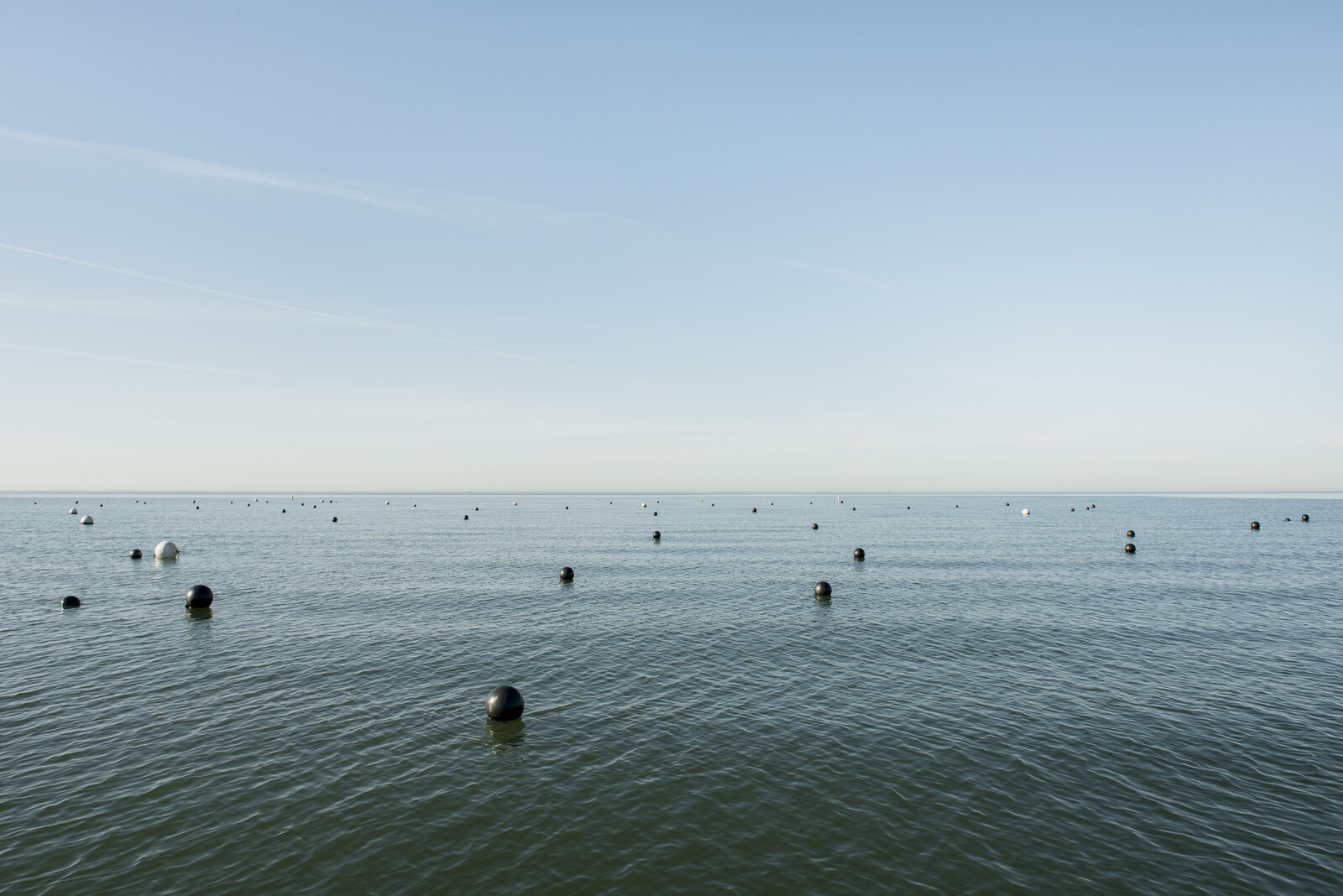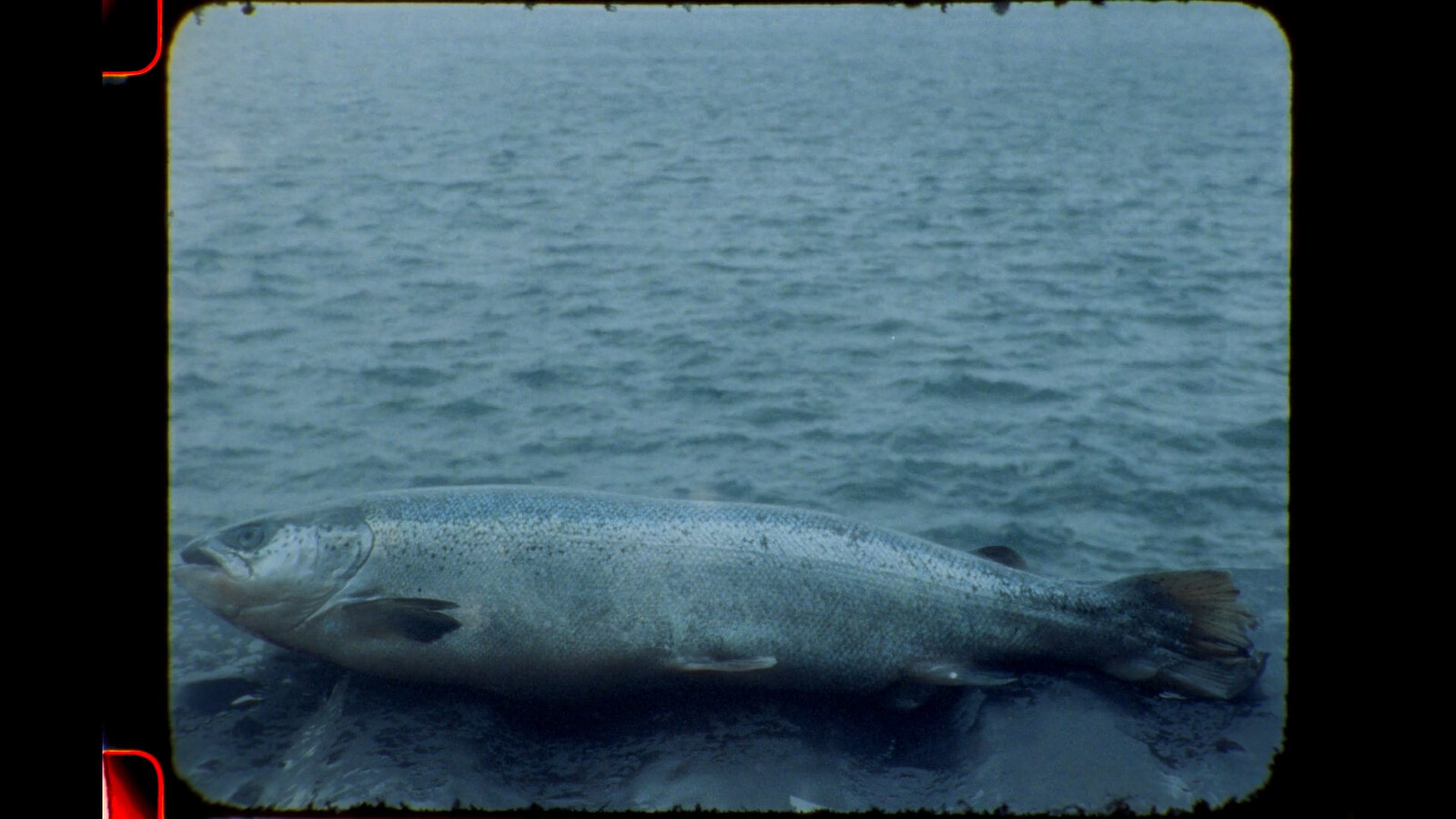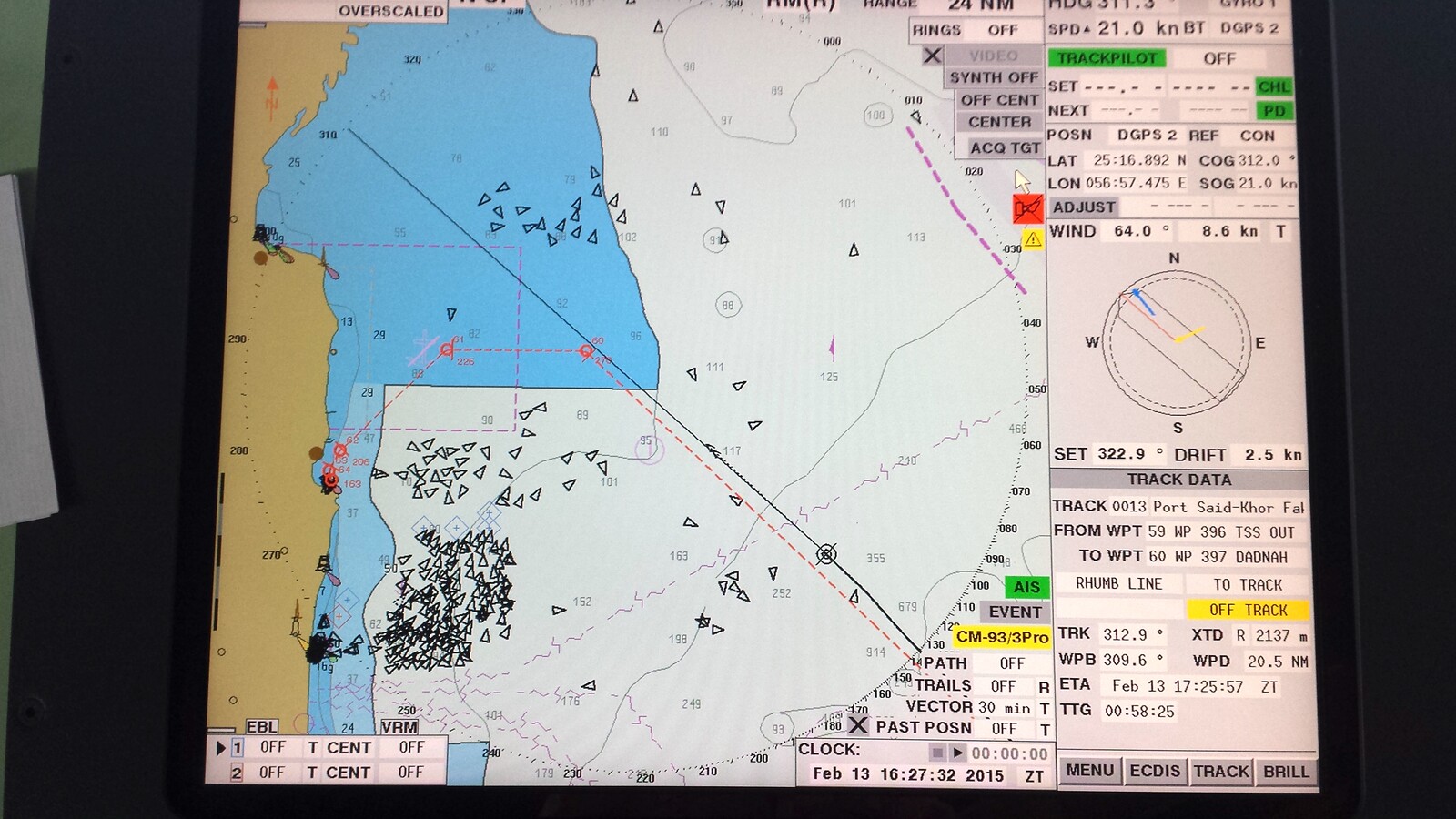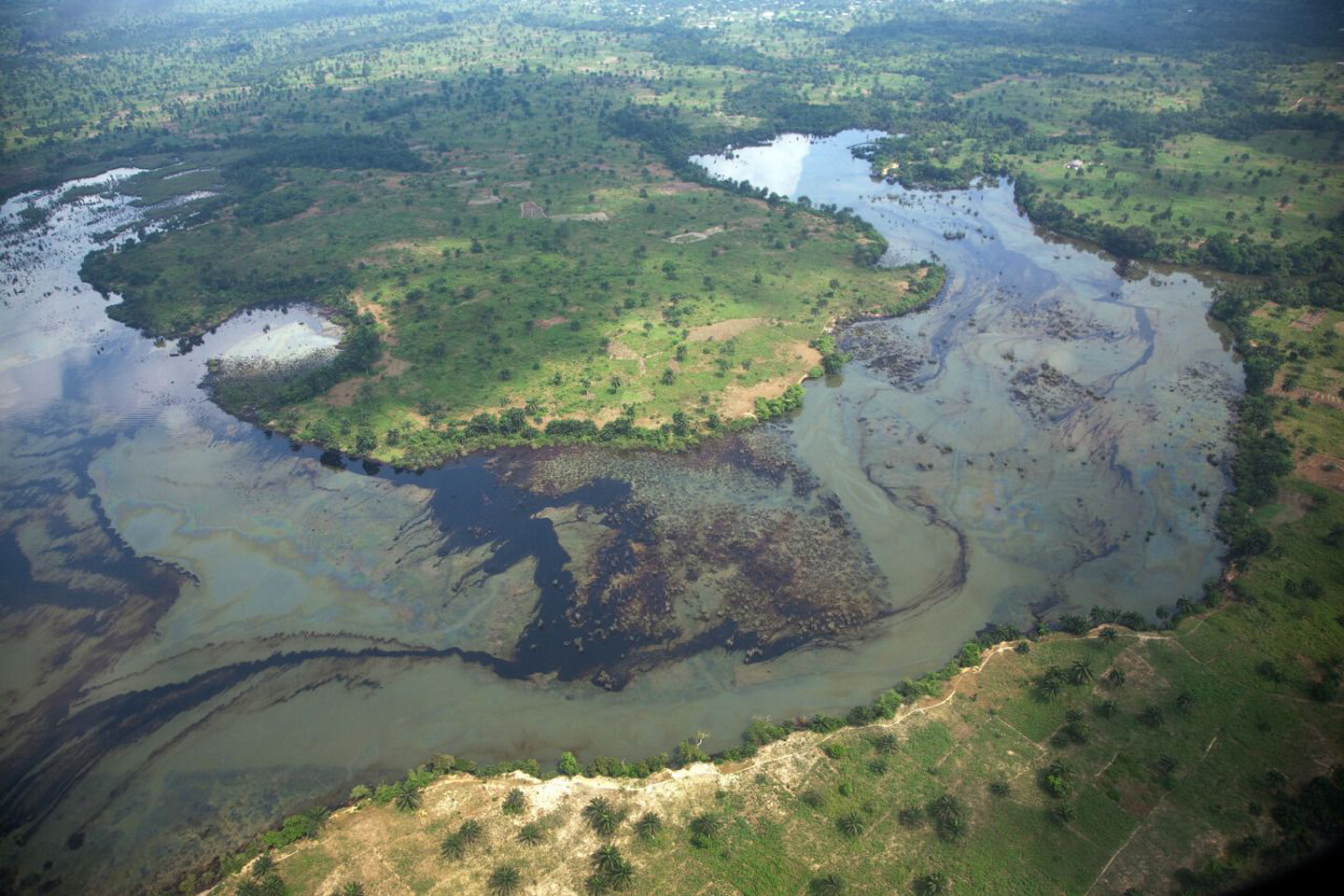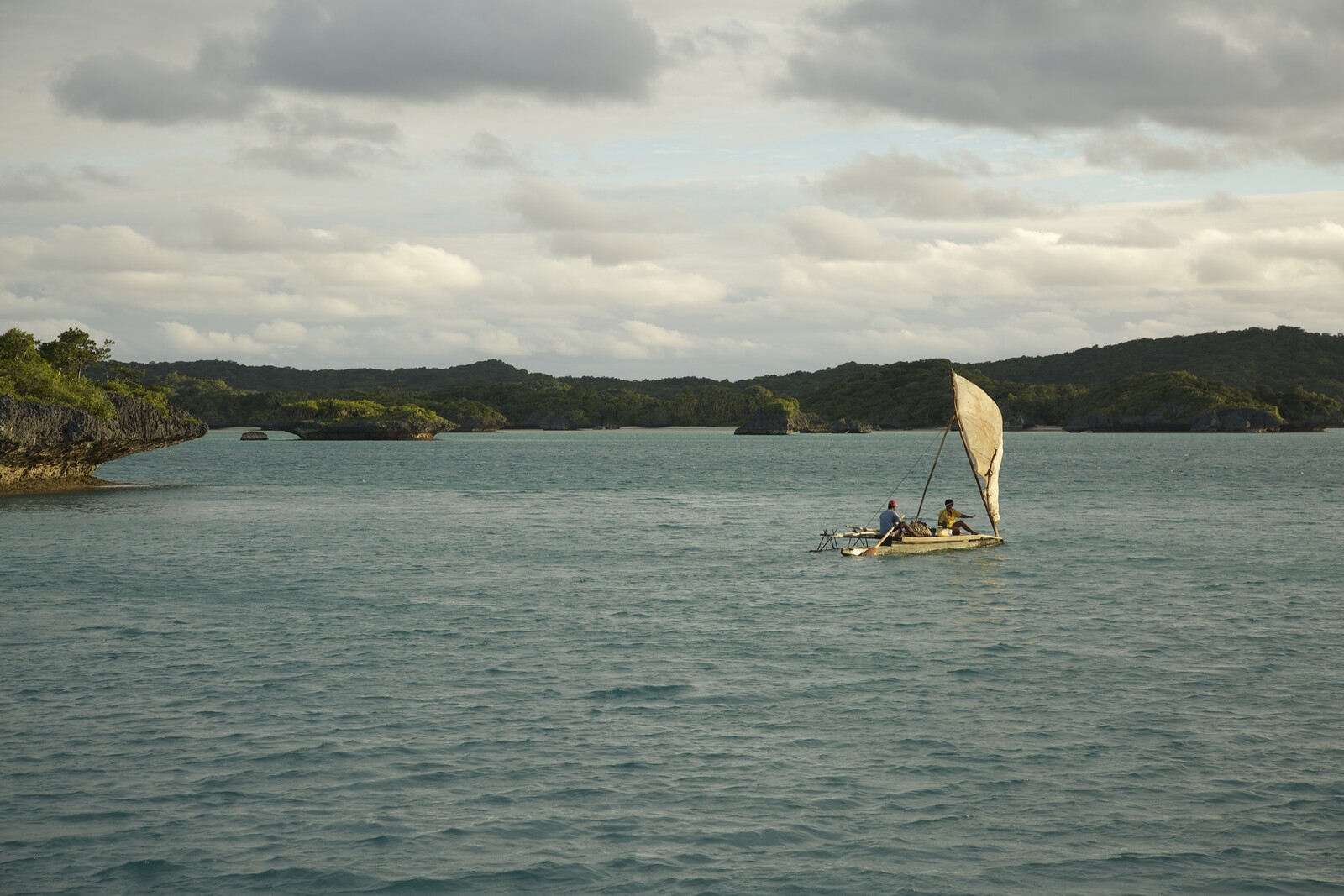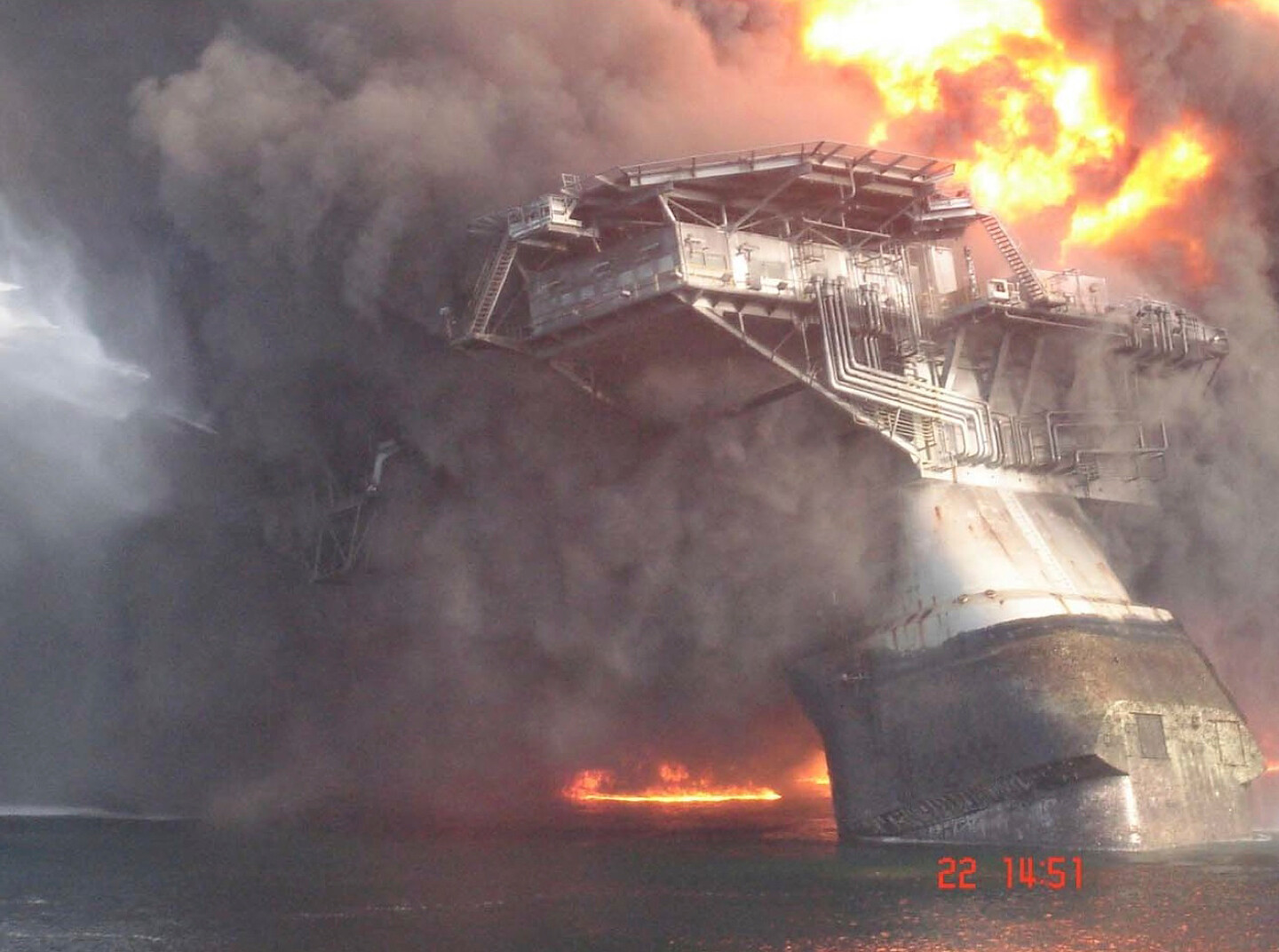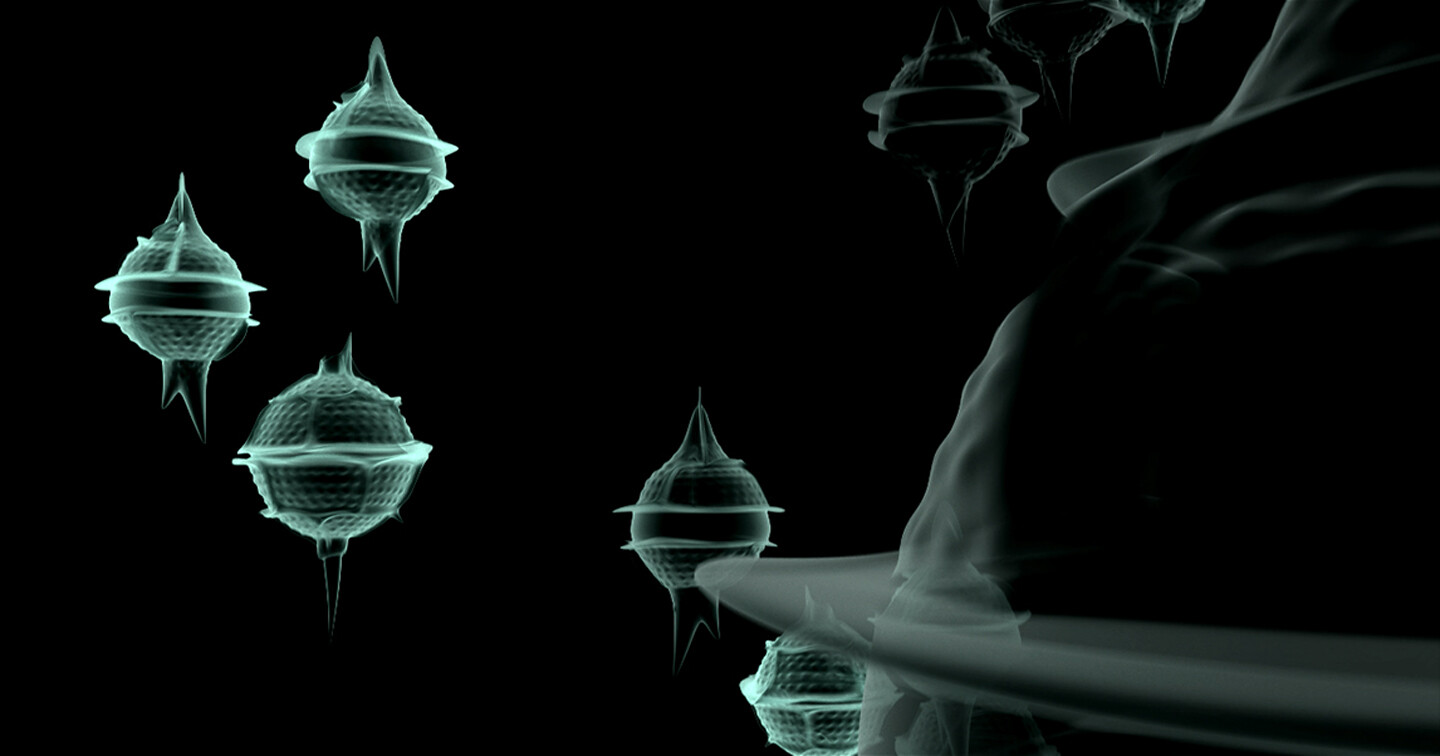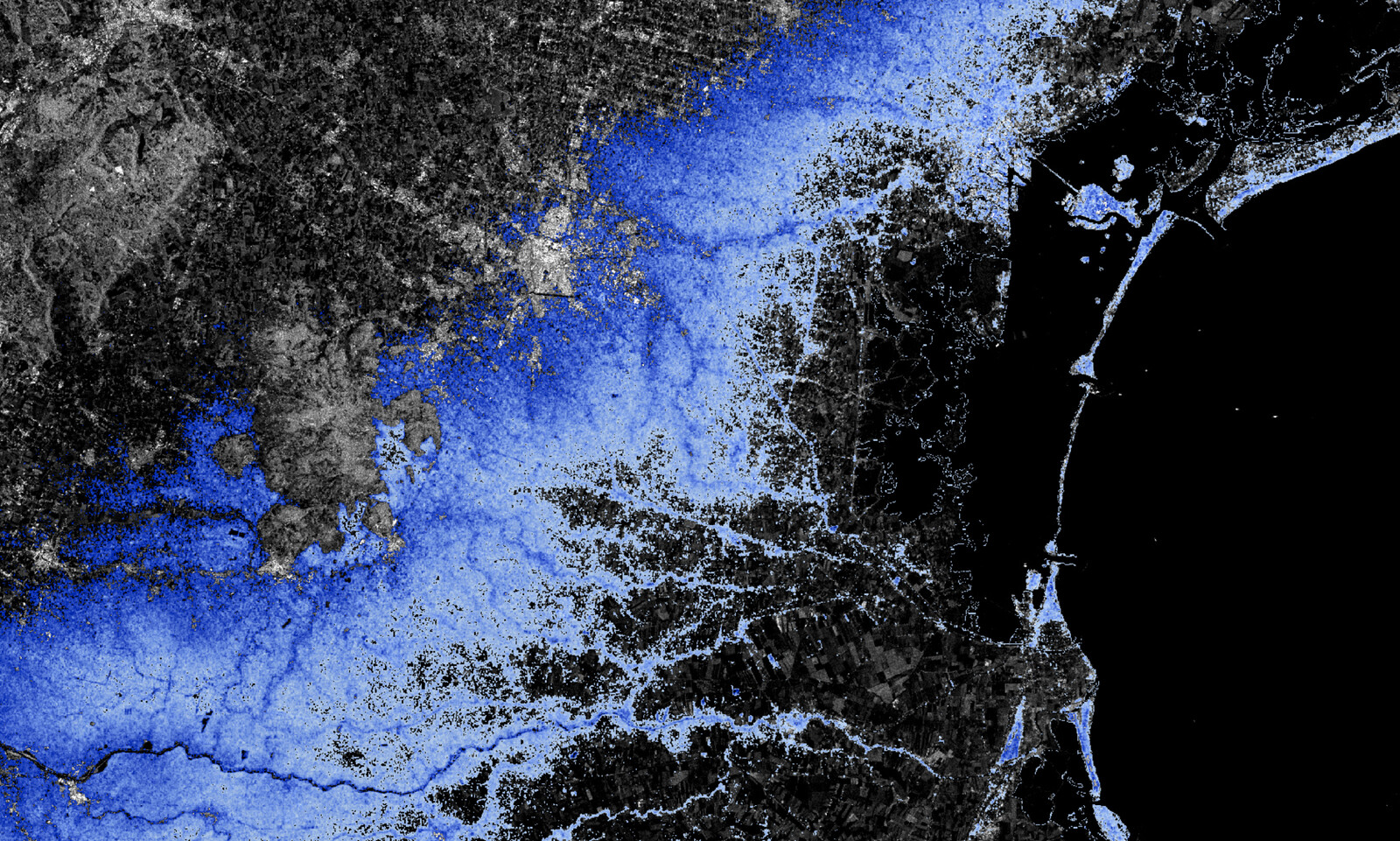Earth’s oceans are a permanent feature of its surface. They are visible, even though very faintly, six billion kilometers away in deep space. On a geological timescale, jostled to-and-fro as the tectonic plates move beneath them, the shape of these oceans have changed over time. But this mass of ocean water has, in one form or another, been circulating for billions of years, providing the essential reservoir of materials for life to evolve, and also providing a thermostat that helps keep the climate on Earth suitable for life. This nurturing environment has produced remarkably complex biological interactions. The excrement of baleen and blue whales in the Southern Ocean, for instance, contains the digested remains of countless tiny krill. This poo, extruded from the whale’s gut, is rich in iron and fertilizes the surface waters. These conditions allow phytoplankton to bloom, which form the basis of the food chain.1 Such interactions between the ocean’s largest animals and some of its smallest single-celled organisms take millions of years to evolve. When many such connections interlink, an ecosystem thrives, and many organisms prosper.
Hidden deep below the waves at the bottom of the sea, over two-thirds of the Earth’s habitable surface is soft seabed. This layer of “ocean soil” is composed of gravel, sand, mud, and lime, into which a mulch of organic particles and nutrients is mixed, fallen from the water above. In natural and undisturbed habitats, this soft seabed teems with worms, mollusks, shrimps, sea urchins, and tiny organisms called meiofauna. Fantastical organisms live here, like the priapulid worms, who lurk just below the sediment surface, waiting to ensnare an unsuspecting passer-by in their vicious grasp. They have been using this strategy for over 500 million years. Within the sediment, tiny ostracods move stealthily between individual sand grains. Enclosing themselves within a small shell that forms a protective coat of armor has enabled them to successfully pursue this way of life for hundreds of millions of years.
The seabed intimately connects to all other parts of the ocean ecosystem, recycling the fall of organic “manna” from above and returning nutrients to the water.2 It is heavily burrowed, and the organisms that do this churning are important for remobilizing materials like nitrogen and phosphate that are essential for the functioning of ocean life. They are the natural ploughs of the oceans, tending the seabed like farmers, and enhancing the living space for many other organisms. Microbes help nutrients move between life, sediment, and water. This interconnection between the seabed life and all other parts of the ocean is an old and important relationship, and one that has existed on Earth for more than half a billion years. But like so many others in Earth’s oceans, this delicate relationship is now threatened by the actions of humans.
As of 2019, the Food and Agriculture Organization of the United Nations reports there to be 4.6 million fishing vessels on the seas, or one for every 1,000 humans. Amongst these are a growing number of seabed trawlers, which drag powerful and heavy nets across delicate seabed ecosystems to scoop up fish and shellfish. Along the way, they disrupt the seabed, crush slow-growing communities of deep-sea corals, and throw up so much material into the overlying water that it becomes a kind of turbid sediment-filled soup. These fishing techniques have been expanding since the early nineteenth century, long before humans had the technology to view the damage they were causing to the seabed. Yet today, it removes some nineteen-million tons of fish and shellfish each year.3 In certain regions—parts of the Adriatic, for example—more than 50% of the seabed has been trawled in this way.
Seabed trawling is just one part of the myriad human impacts on the deep oceans. The presence of mineral deposits in the deep sea has been known for over 150 years, but only recently has the technology (and the commercial need) developed to “utilize” these resources.4 At deep sea vents, where volcanically superheated water charged with metals like copper, zinc, gold, and silver gushes out from the seabed. Although the water is four times hotter than a boiling kettle and as acidic as the juice of a lemon, amazing ecosystems thrive beside these vents. Entirely isolated from the energy of the sun, life here is built on the produce of bacteria that use the chemical energy from the vents. Unique mollusks, worms, and crustaceans gather, and because each vent ecology evolves in isolation, these ecologies resemble “islands,” characterized by unique species that are found nowhere else.
The deep ocean is thus far from a desert, or an endless expanse of flat sediment. Rather, it has a complex topography of mountain chains rising to form mid-ocean ridges, gigantic volcanoes rising kilometers from the seabed, and old, long-deceased volcanoes that gradually sink to form submerged and ancient seamounts. These dead volcanoes also harbor many mineral treasures in their iron-rich crusts, including cobalt, which is vital to producing electric cars, and tellurium, which is used in solar panels. They have unique ecosystems too, as the same processes that help form the mineral deposits bring nutrients to the seamounts. Colonized by sponges, corals, and many other animals, seamounts alone provide a marine habitat that, by some estimates, is equivalent to the surface area of Russia and Europe combined.5
There are delicate ecosystems, too, on the deep abyssal plains, far from land where the finest of mud layers build up a thickness of just one millimeter each century. These are areas where fields of metallic nodules also slowly grow, with manganese and rare earth elements. All these metal deposits have been eyed by prospectors for decades, though these have been held back by uncertainties over the huge costs and regulations. Now it seems that exploitation may finally start in earnest, although the few studies made of its environmental effects suggest that the damage to deep sea ecosystems is likely to be both profound and long-lasting.6
Given the global impact of humans on the seas, from fishing and mining to plastics, climate change, and invasive species, what can be done to preserve the wild and wondrous spaces of the oceans? One source of inspiration may be found on land, in the garden that the horticulturalist Robert Hart established at his home in the Silurian hills of Shropshire, England. Hart’s garden bestrode an ancient seabed, where coral reefs sprang up along the margin of a tropical sea that formed on the English border with Wales some 425 million years ago.7 Its ancient reefs now form a high and steep ridge, Wenlock Edge, that is filled with the fossilized skeletons of corals, mollusks, sponges, sea lilies, and trilobites. Above this monument in the landscape, Hart’s forest garden was modelled on a natural temperate forest, conceived with six levels from the tree canopy through various shrubs and herbs to the soil, and with a seventh component—creeping plants—that connected between these levels. This garden is both a respite for local biodiversity and a source of food and well-being.8
The oceans need their forest gardens too, where there is respite from humanity’s worst impacts. Hart’s garden, built upon the fossilized memory of ancient, pristine, fossilized seas, might be a conduit through which to visualize a better future for the oceans of today. Most people, after all, are familiar with gardens. Many cherish their own fenced-off patches of nature and take a keen interest in (and surreptitiously feed) the wildlife that takes shelter there: squirrels, magpies, hedgehogs. Given their worrying global decline, that sentiment is even beginning to extend to insects, once thought of as pests to be exterminated from guarded rose bushes and begonias.9
The oceans also need sanctuaries. But marine reserves remain physically and emotionally disconnected. Connecting ecosystems through the entire water column—from the Southern Ocean to the Arctic Sea—may be an essential way of keeping the oceans healthy and providing escape routes as climate change forces species to shift their habitats. In balancing the needs to keep seamounts and deep-sea vents as unique repositories of wildlife against that of destroying them to make fleets of electric cars, thinking of them as subterranean gardens of the oceans with their own living communities of sentient, if non-human, individuals might give added impetus to, say, redesigning human transport networks to minimize such mass consumption.
Hart’s idea of a forest garden is to reconnect people with the natural world that sustains them. Are there ways to square this circle in a fast-evolving world? The technology of the Anthropocene can, perhaps, help track the health of the world oceans, as well as devise new ways of exploiting them. It can also help communities keep in touch, mobilize resources, and agitate.10 An ambitious program to regrow seagrass meadows off the coast of Pembrokeshire in Wales has begun, for instance, in a bid to rebuild this kind of wild and biological productive garden under the sea.11 Halfway across the world, off the Palos Verdes Peninsula of California, the Kelp Forest Restoration Project is similarly trying to rebuild this kind of marine beauty and biodiversity.12 Extending this awareness and activity to tackle yet more cryptic threats such as ocean heat and dissolved oxygen content is a challenge, for sure. But this only means that we will, ever more, need to find ways to tend the forest gardens beneath the Anthropocene seas.
Lavenia Ratnarajah, Andrew Bowie, and Indi Hodgson-Johnston, “Bottoms up: how whale poop helps feed the ocean,” The Conversation, August 4, 2014, ➝.
F. Olsgard, et al., “Effects of bottom trawling on ecosystem functioning,” Journal of Experimental Marine Biology and Ecology 366 (2008): 123–133.
Ricardo O. Amoroso, et al., “Bottom trawl fishing footprints on the World’s continental shelves,” PNAS 115, no. 43 (2018): E10275–E10282.
This technology involves hoovering up the minerals from the seabed or using a hydraulic bucket system to lift the minerals to the surface. See Wil S. Hylton, “History’s largest mining operation is about to begin,” The Atlantic, January/February 2020, ➝.
Warren Cornwall, “Mountains hidden in the deep sea are biological hotspots. Will mining ruin them?” Science, September 12, 2019, ➝.
Olive Heffernan, “Deep-sea dilemma,” Nature 571 (2019): 465–468, ➝.
Terence P. Scoffin, “The conditions of growth of the Wenlock reefs of Shropshire (England),” Sedimentology 17, no. 3–4 (December 1971): 173–219.
Hart’s vision has, too, uncommonly deep and wide roots—one inspiration was the work of the Japanese activist, pacifist and upholder of womens’ rights Toyohiko Kagawa, who probed deeply into the nature of human society as well as being a pioneer of forest farming. Robert A. de J. Hart, Forest Gardening: Rediscovering Nature and Community in a Post-Industrial Age (Dartington Hall: Green Earth Books, 1991, 1996).
Organisations like Bug Life are working hard to raise awareness about the implications of “insect decline.” See Pedro Cardoso, et al. “Scientists warning to humanity on insect extinctions”, Biological Conservation 242 (February 2020): 108426; Michael Samways, et al., “Solutions for humanity on how to conserve insects,” Biological Conservation 242 (February 2020): 108427.
As Surfers Against Sewage have continued to do, doggedly, after the glare of publicity faded from David Attenborough’s magnificent if brief demonstration of the malign effects of ocean plastic. ➝
“Climate change: Carbon-reducing seagrass planted off Welsh coast,” BBC, March 10, 2020, ➝.
Kelp Forest Restoration Project, “Why Restore Kelp Forests?” The Bay Foundation, ➝.
Oceans in Transformation is a collaboration between TBA21–Academy and e-flux Architecture within the context of the eponymous exhibition at Ocean Space in Venice by Territorial Agency and its manifestation on Ocean Archive.
Category
Oceans in Transformation is a collaboration between TBA21–Academy and e-flux Architecture within the context of the eponymous exhibition at Ocean Space in Venice by Territorial Agency and its manifestation on Ocean Archive.
